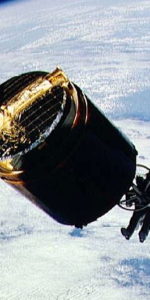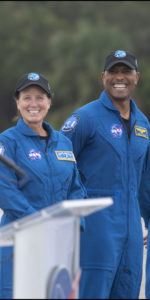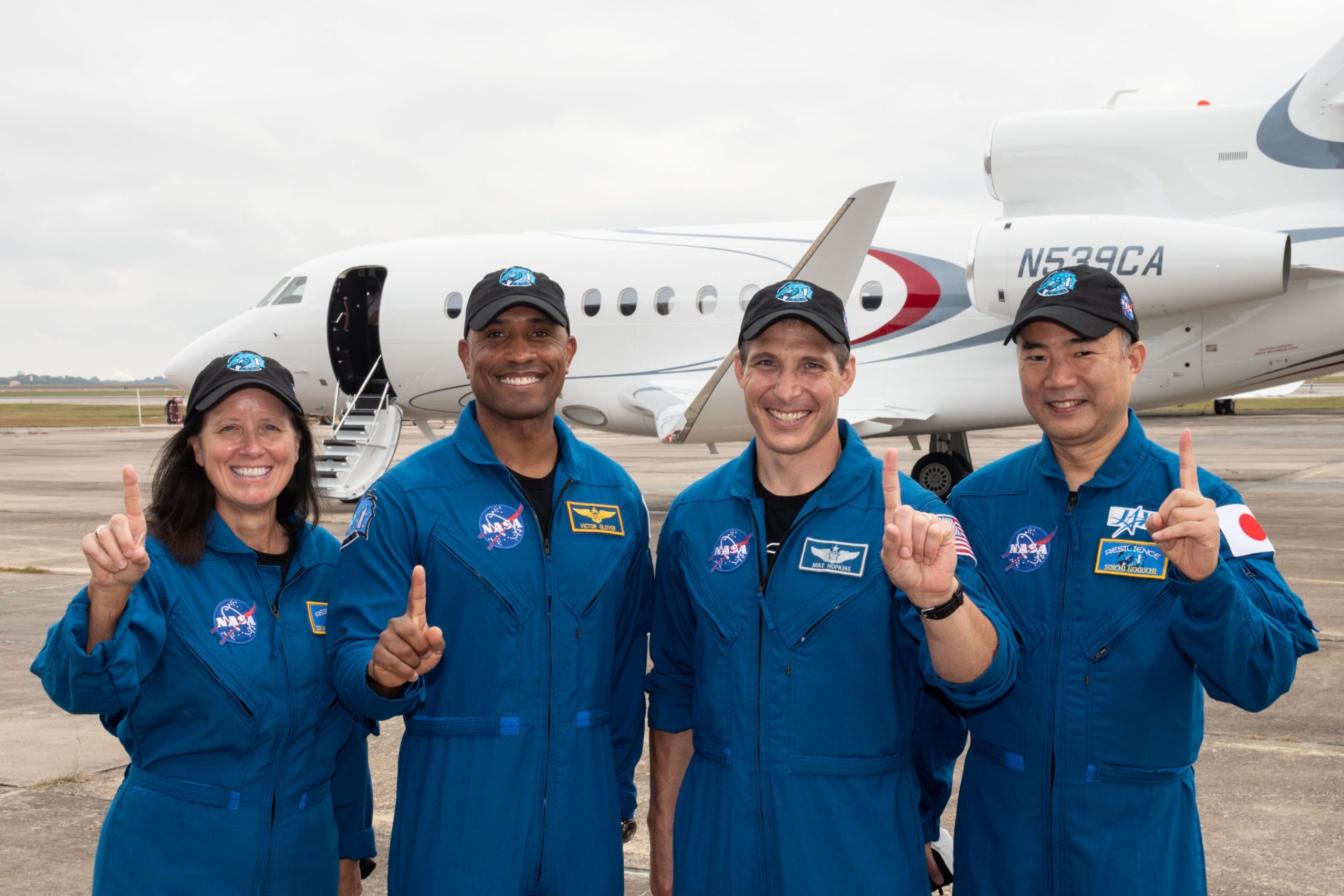
For the first time since July 2011, four astronauts arrived at the Kennedy Space Center (KSC) in Florida on Sunday to prepare for a journey to the International Space Station (ISS). Dragon Resilience crew members Mike Hopkins, Victor Glover, Shannon Walker and Soichi Noguchi are set to launch atop a brand-new Falcon 9 booster from historic Pad 39A at 7:49 p.m. EST on Saturday, 14 November.
An on-time liftoff will not only produce the Commercial Crew Program’s first crewed launch in the hours of darkness—following the mid-afternoon start to “Bob and Doug’s Excellent Adventure” in May—but may also see the shortest launch-to-docking interval of a U.S. crewed vehicle to a space station in almost five decades. Current plans call for the quartet to join the incumbent Expedition 64 crew of Sergei Ryzhikov, Sergei Kud-Sverchkov and Kate Rubins to become the first ISS increment to feature as many as seven members.
Not since the arrival of the four-person STS-135 crew in early July 2011 has such a large group of astronauts made landfall on the Space Coast in readiness for their impending launch. And that reality was not lost on Glover, the only “rookie” member of Crew-1, who noted his personal sense of awe that he flew into the Cape in an airplane, yet will leave in less than a week’s time atop a rocket. That rocket is, of course, SpaceX’s trusty Falcon 9, a 230-foot-tall (70-meter), two-stage beast which will lift Dragon Resilience into low-Earth orbit for the first step of its voyage to the ISS.
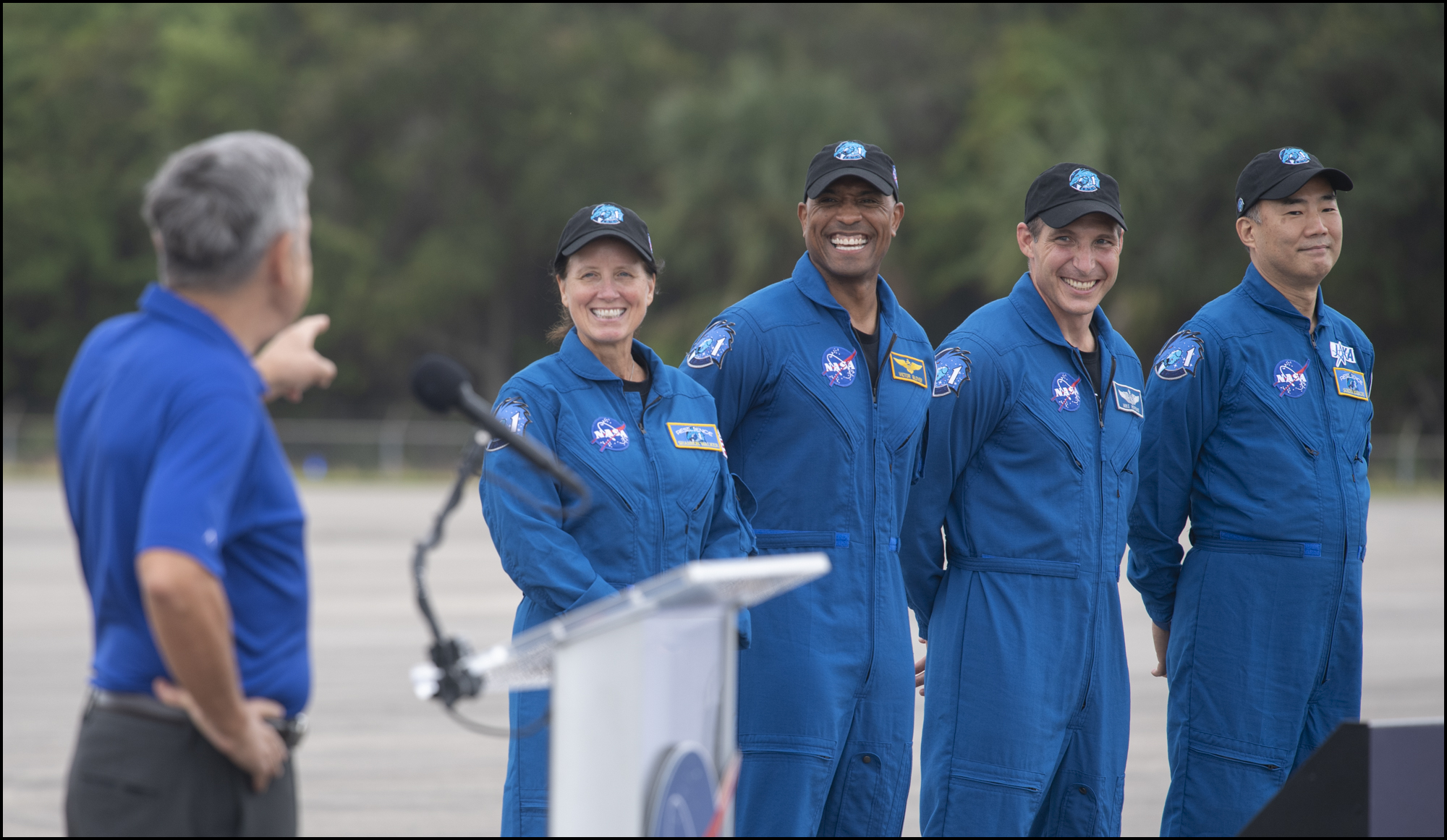
The rocket’s brand-new B1061 core was static-fired at SpaceX’s McGregor test site in Texas in April, as was the rocket’s second stage, before both were transported to the Space Coast in July. B1061 will become only the fourth “new” Falcon 9 core to take flight in 2020, whose 20 launches so far this year have been accomplished using only nine boosters.
Ironically, the only Crew-1 astronaut who has actually launched from Florida is Noguchi, the sole non-American member of the team. Making his third spaceflight, he first flew STS-114, the shuttle’s return-to-flight mission after the loss of Columbia, way back in July 2005, alongside Walker’s husband, NASA astronaut Andy Thomas. He then launched aboard a Soyuz spacecraft from the Baikonur Cosmodrome in Kazakhstan in December 2009 for a six-month stay on the ISS.
As such, Noguchi will become the first non-American to fly aboard three discrete types of spacecraft: the shuttle, Soyuz and Crew Dragon. Hopkins flew a six-month ISS expedition between September 2013 and March 2014, whilst Walker did likewise in June-November 2010. Between them, Crew-1 has logged over 506 days in space, circled the Home Planet over 7,900 times and completed over 33 hours of spacewalking.
For her part, Walker is eagerly awaiting her first Florida launch. She noted that the benefits of flying out of the Space Coast include the different countryside and the use of English (“a nice bonus”), adding that there are “more similarities than differences”. But one key difference is the intractable Florida weather, which forced United Launch Alliance (ULA) last week to roll back its Atlas V booster from the pad to the Vertical Integration Facility (VIF) at Space Launch Complex (SLC)-41 at Cape Canaveral Air Force Station.
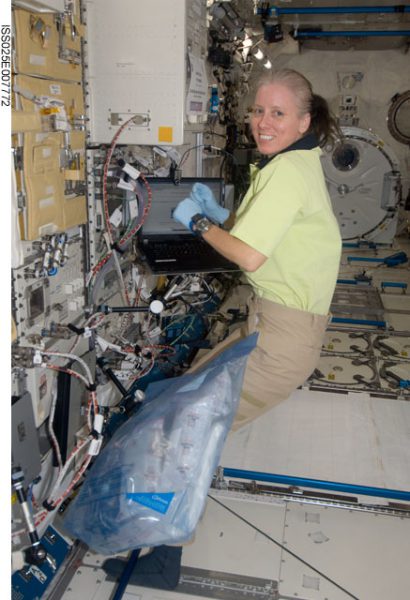
The principal concern is the progress of Tropical Depression Eta, which originated as a vigorous tropical wave in the Caribbean Sea over Halloween, then strengthened into a tropical storm. It rapidly intensified into a Category 4 hurricane, with winds peaking at 150 mph (240 km/h), before weakening back to tropical storm status last week. On Saturday, it began to grow once again in ferocity and has reportedly claimed over 200 lives in Central America.
The current status of Eta may force the customary Static Fire Test of the nine Merlin 1D+ first-stage engines on the Falcon 9—previously targeted for Monday—to slip to Tuesday. Meanwhile, efforts to ready Dragon Resilience for its flight entered high gear in August, when it arrived for pre-launch processing, and the spacecraft was last week transferred from Cape Canaveral Air Force Station to Pad 39A for integration atop the Falcon 9.
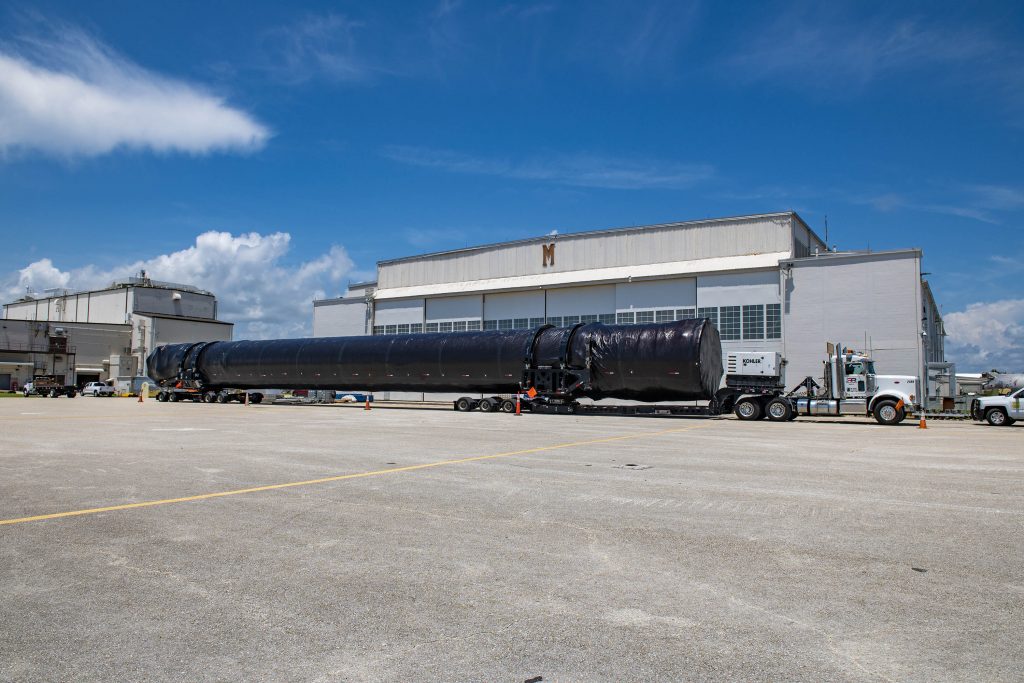
A launch at 7:49 p.m. EST on Saturday is expected to produce a rendezvous and docking at International Docking Adapter (IDA)-2, on the forward end of the station’s Harmony node, less than 8.5 hours later, at 4:20 a.m. EST Sunday.
If this is achieved, it will mark the shortest interval between launch and docking of a U.S. crewed vehicle with a space station since 28 July 1973, when astronauts Owen Garriott, Jack Lousma and Al Bean docked their Apollo Command and Service Module (CSM) to the Skylab orbital workshop only eight hours and 27 minutes after the launch.
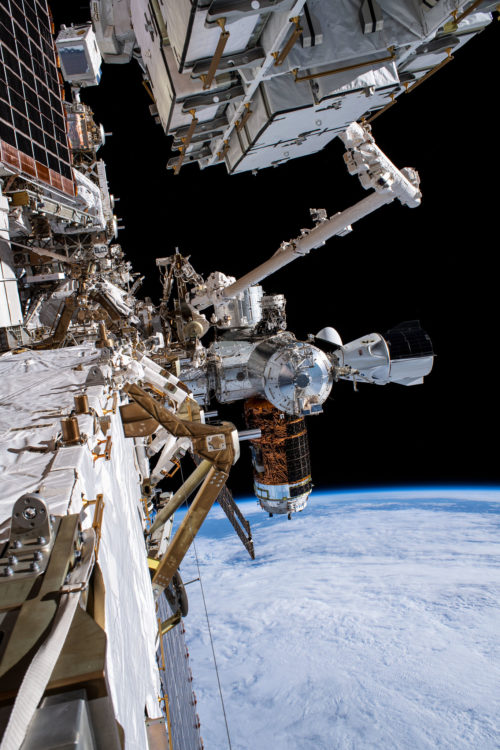
Although shuttles subsequently docked multiple times with Russia’s Mir complex and the ISS between June 1995 and July 2011, they typically followed a longer rendezvous profile, typically lasting almost two full days. Joining Expedition 64 crew members Ryzhikov, Kud-Sverchkov and Rubins, the new arrivals will fold into the first-ever seven-person ISS increment.
“I envy each and every one of you,” KSC Director Bob Cabana told the Crew-1 team after Sunday’s arrival. He noted that their mission represents “a giant step” in making the Commercial Crew Program a reality, with its first “operational” flight to the ISS. But NASA Administrator Jim Bridenstine added a word of caution. “Make no mistake,” he said, “every flight is a test flight when it comes to space exploration.”
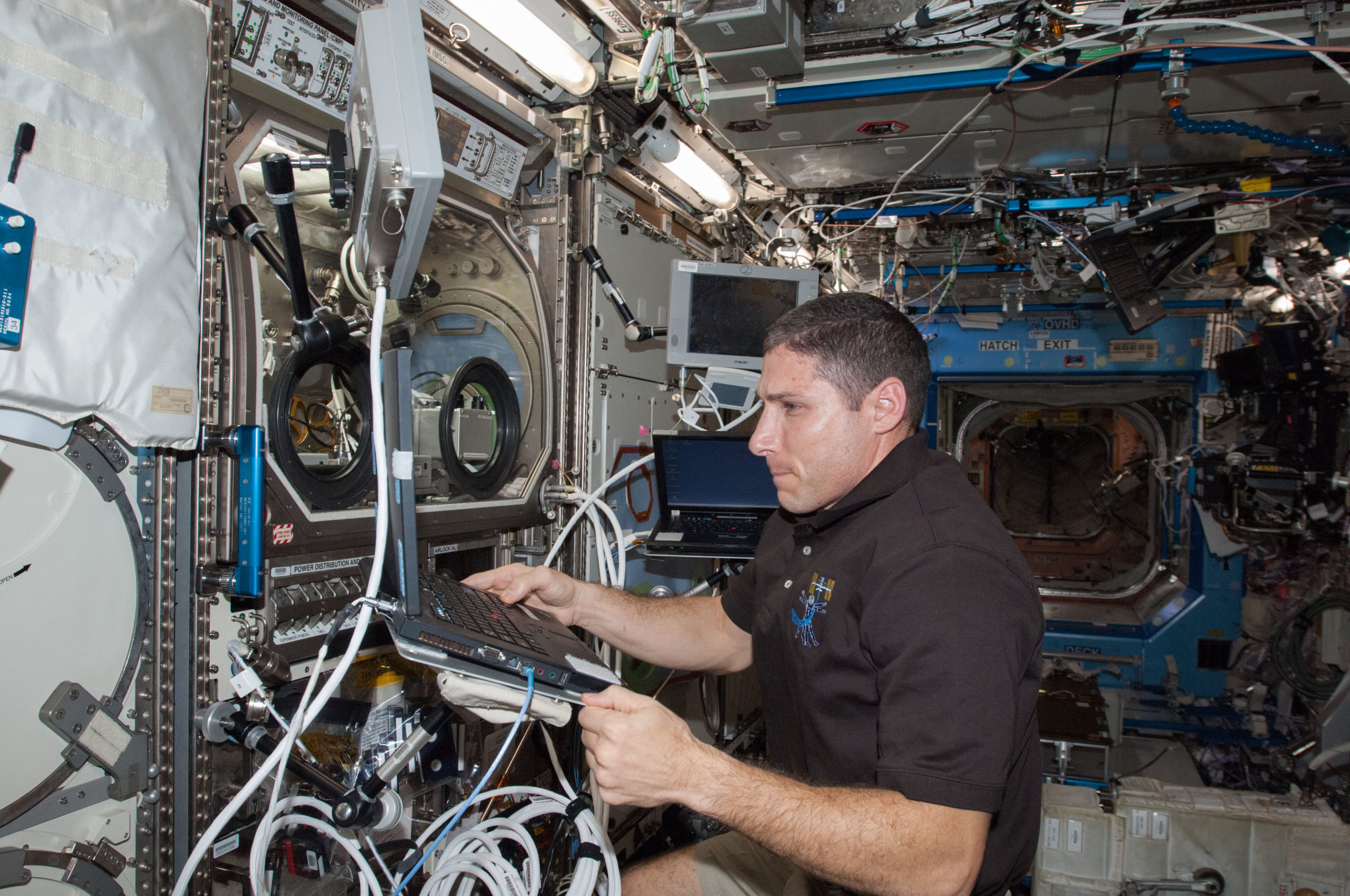
And if anyone watching the Crew-1 arrival had forgotten the name of their spacecraft, Resilience, it was clearly stitched onto the polo shirts of both Walker and Noguchi. According to Hopkins, the crew spent “a good afternoon” discussing the name and in terms of its import he likened it to naming his second son.
Ideas were jotted on a whiteboard and, for the entire crew, Resilience “just felt right”. Hopkins reflected on the toughness of 2020 and said that the name was “not something just for us, but would resonate with everybody”. Noguchi agreed, stressing that the word is indicative of the power to recover, the will to restore and represents humanity as it strives to survive.
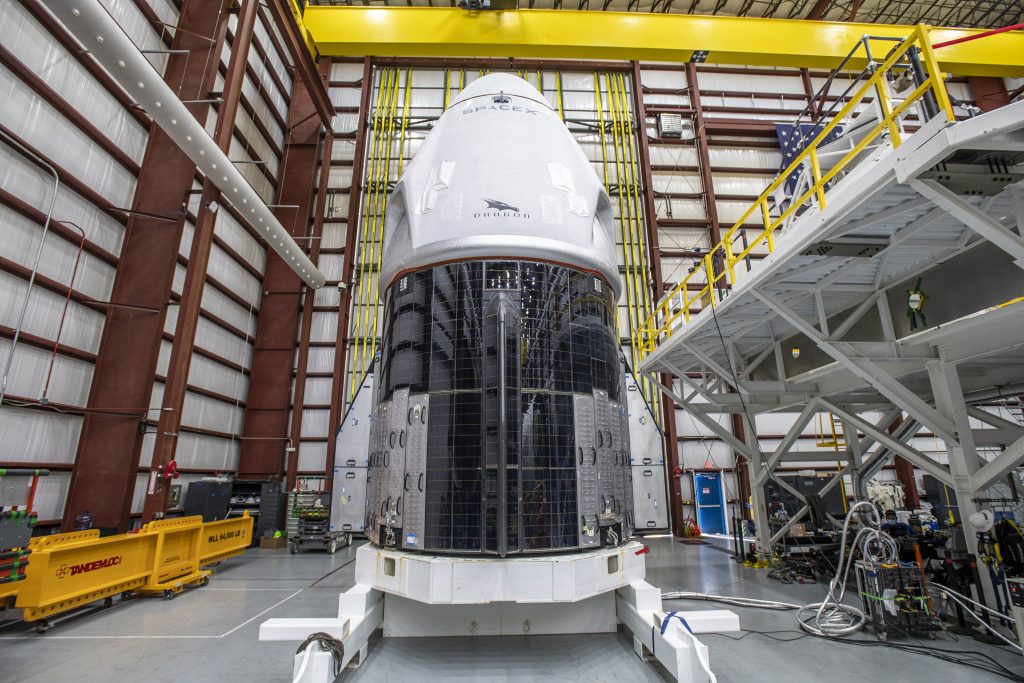
“Our patch has no name on it, because our mission is for everyone,” said Noguchi. “In fact, Crew-1 is You-1. All for one, one for all. Now, let’s go fly.”
Hopkins will also become the first U.S. Space Force officer to launch into space, having transferred earlier this year from the Air Force into the United States’ newest military service. In response to questions, he explained that it “definitely was a request” and expects to be formally sworn into the Space Force whilst aboard the ISS. He added that having worked with Air Force Space Command—which transitioned into the Space Force in December 2019—he was “already working and talking” with the service and highlighted the “pretty special” closeness between NASA and the military.
Crew-1 has had an unusual training template, with Hopkins and Glover announced amid great fanfare in August 2018. They were joined in March 2020 by Mission Specialists Walker and Noguchi. “It’s been a blast,” said Glover. But perhaps Noguchi summed it up best. “Boy, it’s such a nice feeling to be here,” he said. “We’re the only game in town this week.”
Indeed they are.
.
.
FOLLOW AmericaSpace on Facebook and Twitter!
.
.




